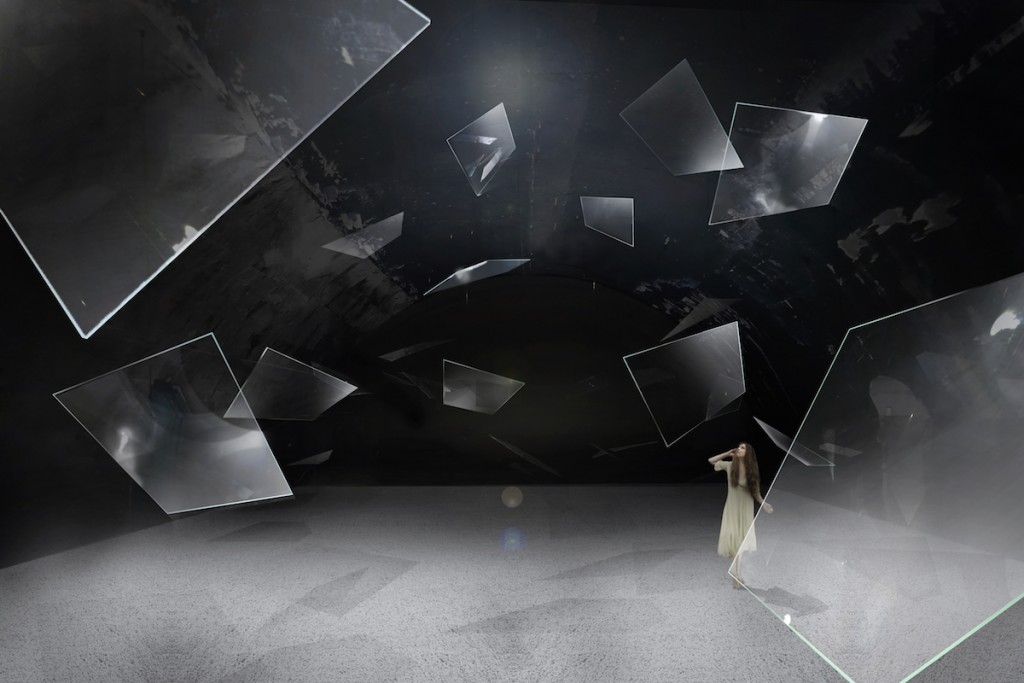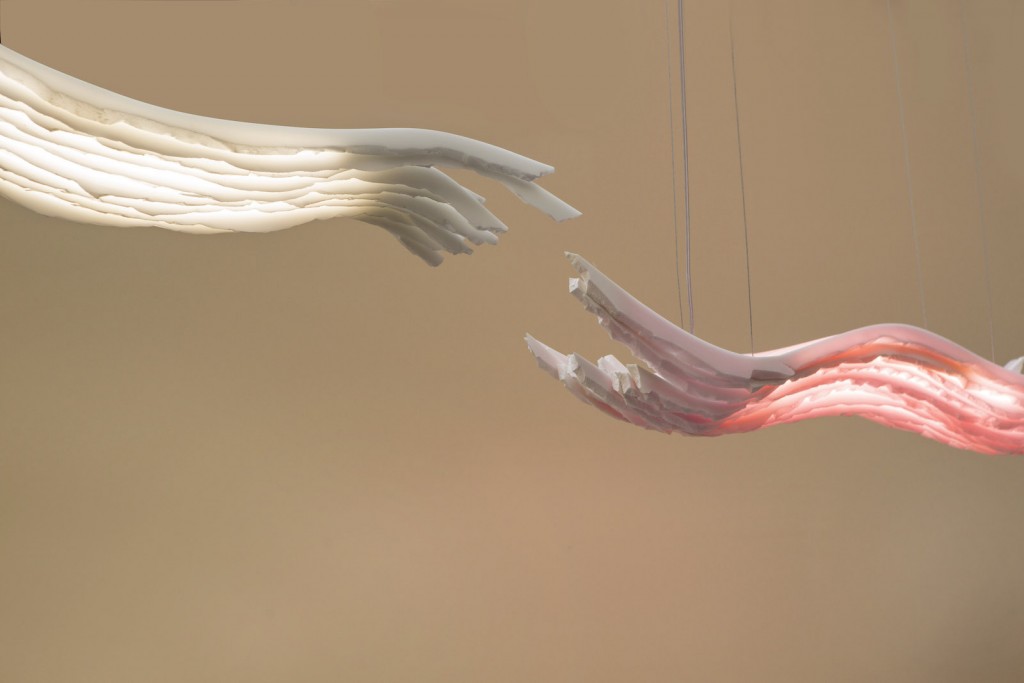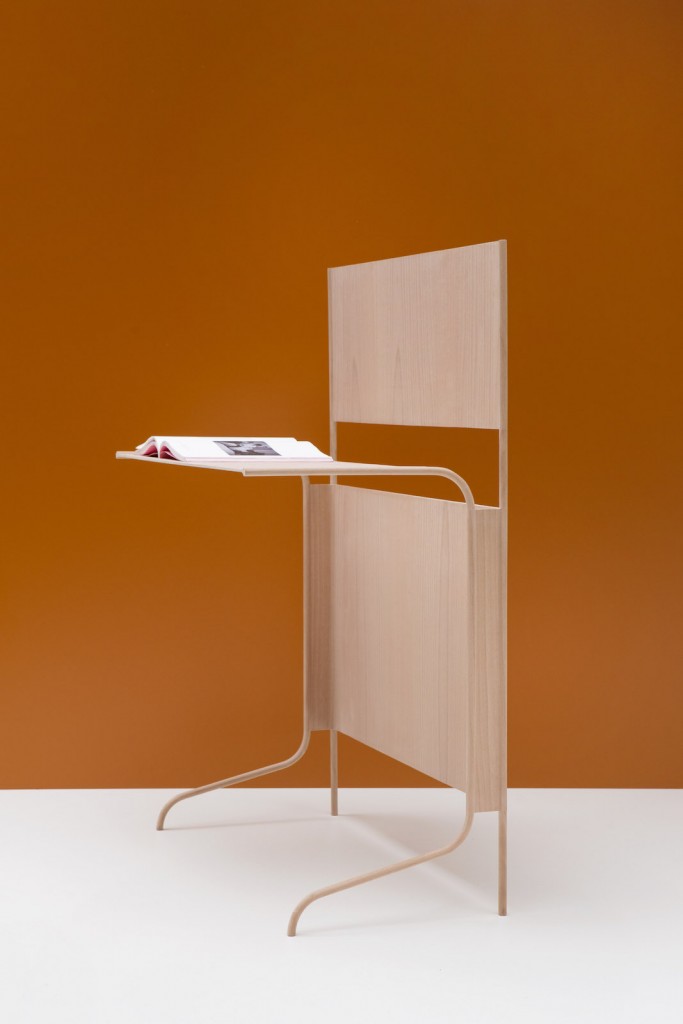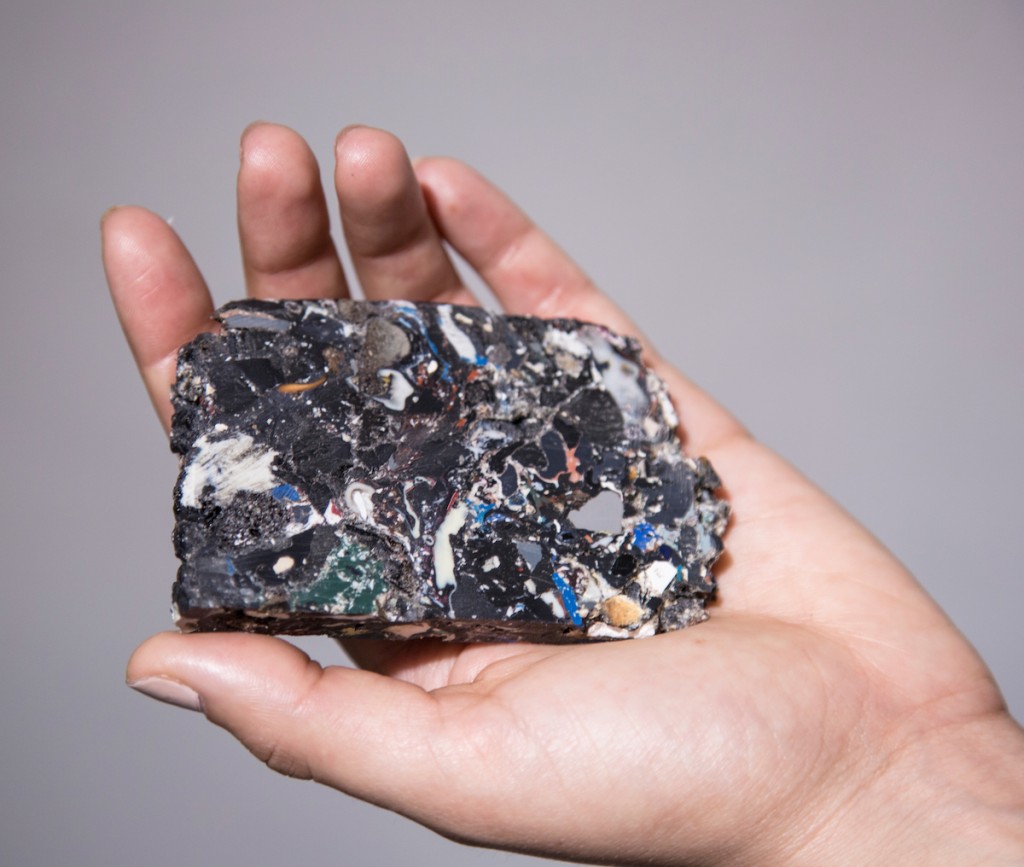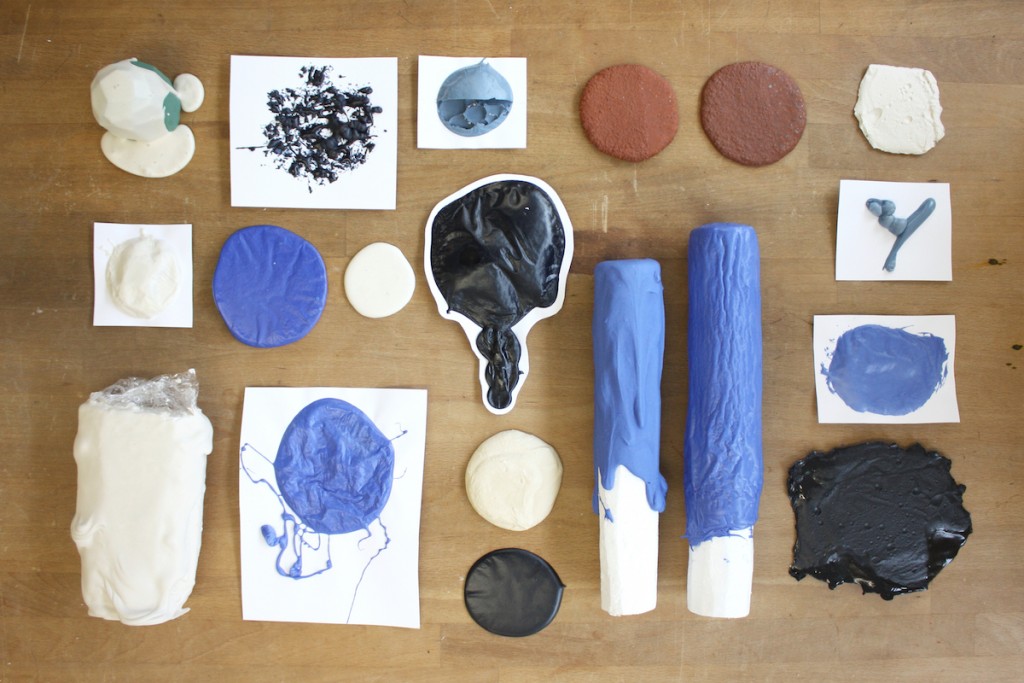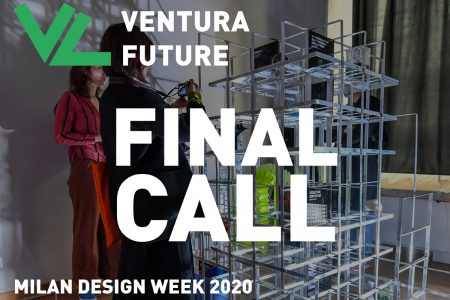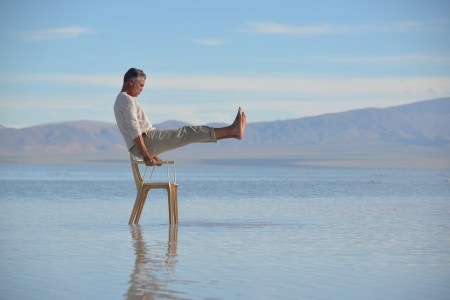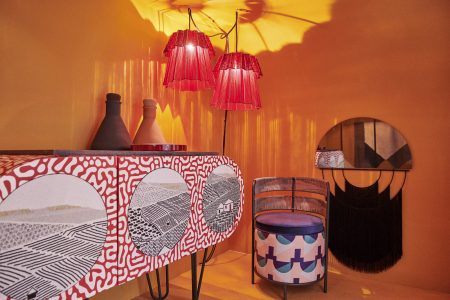Margriet Vollenberg Looks to the (Ventura) Future
Truly reusable plastic, Eileen Fisher meets Li Edelkoort and the impact of Brexit: the head of Ventura Centrale and Ventura Future takes us through the upcoming shows in Milan
What’s in store for this year’s edition of Ventura Centrale and its new sister outpost for emerging designers and experimental projects, Ventura Future? We spoke with Ventura Projects director Margriet Vollenberg to discuss how the organisation stays ahead of the consequences of its own success, the mainstream power of highly experimental proposals and some of the designers and projects to keep an eye on.
TLmag: The Ventura initiative seems to have been a real-estate victim of its own success. Are you keeping that in mind with these two branches?
Margriet Vollenberg: Ventura Projects has as a mission to bring forward not only high-end and established names but also those studios, brands and designers that are on the rise and can still benefit from a leg up. In order to showcase the latter group, you have to make sure your fees are reasonable. In Lambrate we couldn’t guarantee this anymore… [but] luckily we are ambitious, clever, resourceful and knowledgable enough to have started scouting for new locations three years ago.
So yes, rental prices of location do matter to us, whether it is in London, New York, or right here in Milan. In this sense we know that if the projects we initiate are successful, we will be part of the reason a district, area or neighbourhood goes up in popularity and, as a consequence, prices will rise. But hey: for us, Milan is our home turf, so I feel confident that we will be able to bring Ventura events to Milan, wherever it may be. Besides, very excitingly, we are in the midst of trying to secure some vaults at the Central Station of Milan permanently, throughout the year.
After the Instagram stamp of approval of the past Ventura Centrale, how did that translate into change for the designers involved?
I think the first edition of Ventura Centrale has been proof of how theatrical and impactful this location is. The exhibitors could work with a blank canvas, and we figured as much, but it was rewarding to see how it turned into a destination overnight. It is a unique opportunity to be on the most important design stage of the world, during Milan Design Week, and really pack a punch.
Funnily enough, we could tell immediately, because all of a sudden we had major international fashion labels and houses knocking on our door informing about possibilities in these incredible vaults at Milan’s Central Station. For 2018 we have deliberately chosen to stay within design, although some collaborations —such as Eileen Fisher’s with Lidewij Edelkoort— are on that exciting crossover between creative disciplines.
Also, this year Asia is well represented in Ventura Centrale with exhibitions of Denis Guidone in collaboration with Tomoko Fuse and Masahiko Aso, the installation Soundscape by the Japanese brand AGC Asahi Glass and the colourful installation of Nitto Design.
How does the soft power of young Dutch designers translate into commercial or any sort of professional attraction, as most are presenting ideas instead of products?
I should think that over the last five to ten years we have seen enough proof of the power of design thinking and how more and more industries, brands, companies involve designers to be part of the process in stead of just turning their attention towards a finalised product.
Yes, you are right: young Dutch designers are –in part– highly experimental, but this can lead to absolutely amazing results, which is not something we see with Dutch designers alone. We are showcasing an example with TrashPlast, an initiative by the Italian company ECOPIXEL and the Belgium brand ECO-oh! The latter is one of the few companies in Europe that truly recycle plastic —all mixtures of plastics— in an ecological and sustainable way, and ECOPIXEL has found a way to work with their raw material, creating new opportunities for companies and brands to re-use plastics and have an exciting start with urban mining, something we all benefit from.
And which material experiments from the Ventura Future selection are you most intrigued by, in terms of approach and scalability?
TrashPlast is a very exciting example, since it is one of those initiatives that not only makes a difference but also has the ability to change our everyday reality. Can you imagine what it would mean if we really didn’t need to make extra and new plastics, but could re-use what is already there?
Philipp Aduatz is also a great example: he creates limited-edition functional objects that are highly sculptural in nature. Working with innovative materials and fabrication technologies, he is very much influenced by scientific matters such as chemistry, physics and material technologies.
Aectual, a Dutch company, is creating a revolution in sustainable building, while Shahar Livne –in collaboration with the Material Experience Lab of the Technical University of Delft – and Stine Mikkelsen are also exciting designers to watch.
With initiatives that aren’t necessarily commercial or niche collectible, how are you planning to measure success?
Like we have always done: we keep track of our exhibitors and we know what opportunities arise for them because of them having showcased their work in Milan. The success of our events translates in multiple ways, such as exposure, recognition, collaborations, commissions… and yes, sales. Also, we see that, for some of them, being in places like Milan, New York and Dubai throughout the year means that they can establish themselves on a global spectrum [and] acquire a network that will set them up for success. I think that one of the things that sets us apart is the fact that we handle our own PR, since it is an intrinsic part of Ventura Projects, and this means that “exposure” is not just a hollow term —it is something real that we can deliver, and we have many gratifying examples of designers profiting from having been part of Ventura Projects.
Ventura Projects existed parallel to the financial crisis. What has changed today?
Milan has had a transformation because of the financial crisis, but I think that most of all, EXPO 2015 has had a powerful impact on the city. Because of this impulse, the infrastructure of the city changed, new skyscrapers were built and Milan is taking its position as an international city. Also, the opportunities arose in the void that was left because of England leaving the EU, so Milan took its chance.
As the world is going global, so are our projects. We’re proud to attract so many international brands and studios who are looking to present in unexplored ways. That way we can chip in when it comes to making a difference and dissolving national borders through meaningful collaborations.
For visitor info on the venues, click here.
